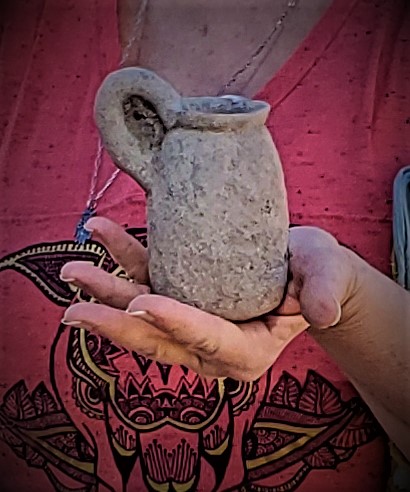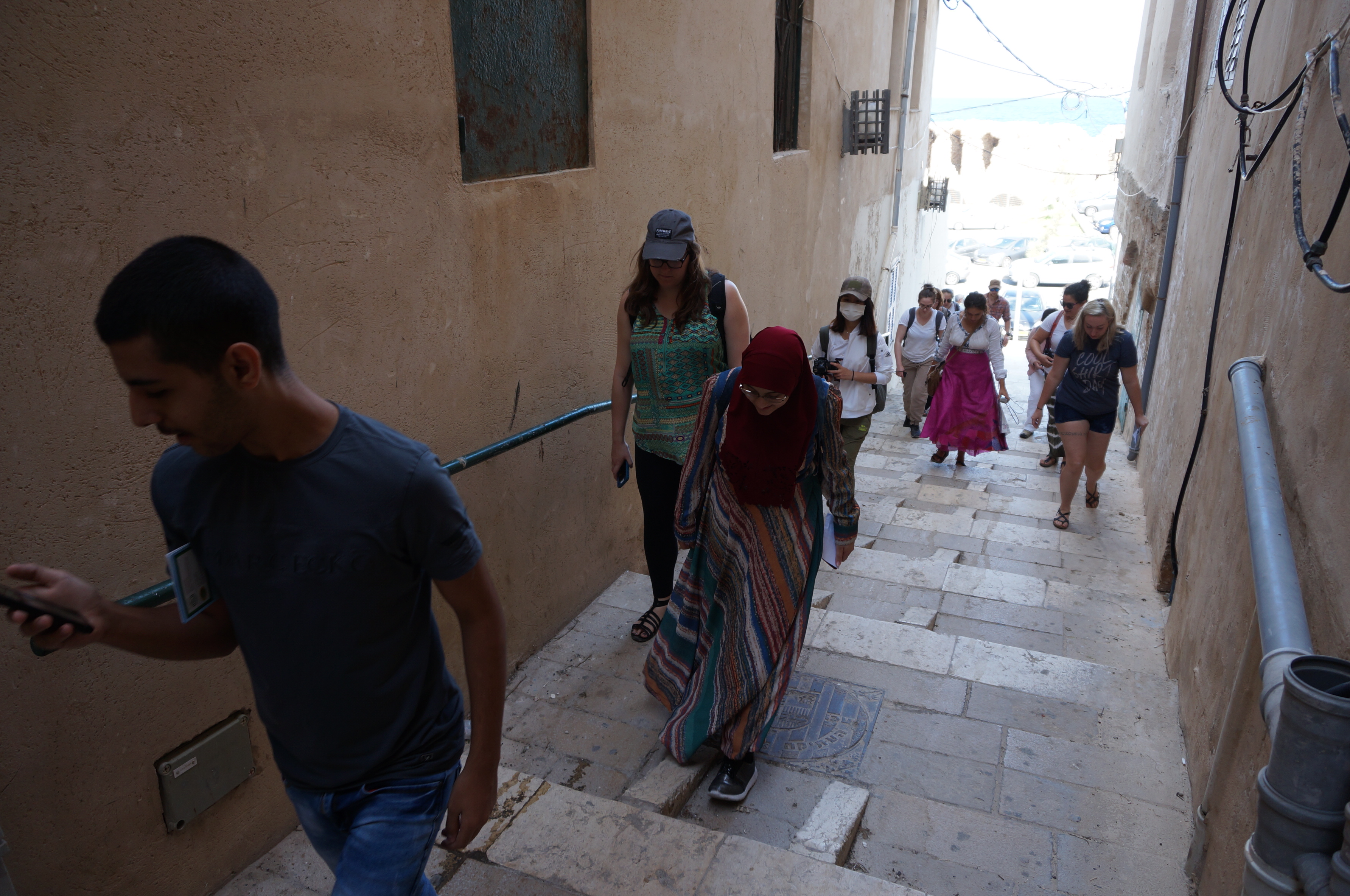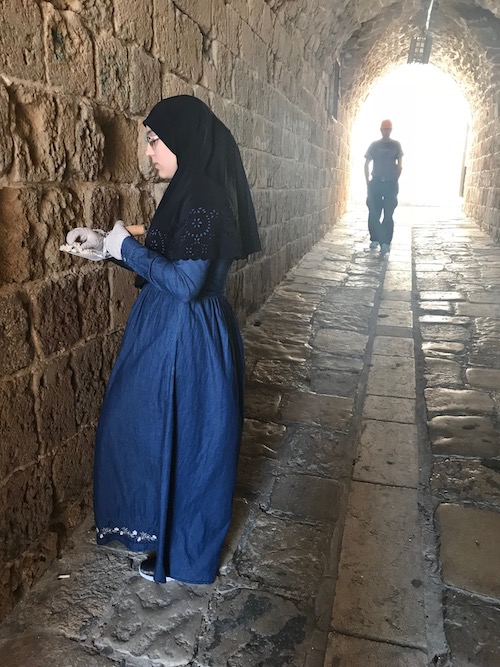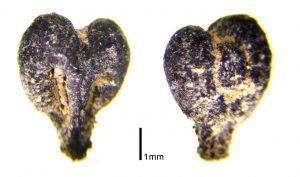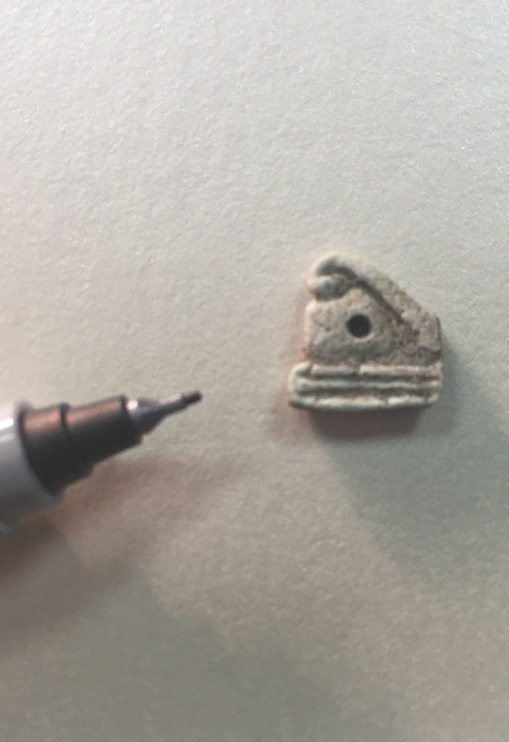By Emily Holt
My alarm went off at 4:15 am today. Work starts early at Tel Akko, and I like to run in the morning to wake myself up and collect my thoughts. When I open the lab at 5:30 am, I’m feeling alert and ready to meet the past. And it’s a good thing, too, because my tables are covered with piles of fragmented animal bones. It looks more like a mess than information.
I’m the zooarchaeologist at Tel Akko this year, and it’s my job to identify, record, and interpret the animal remains recovered by the excavations. Animal remains are an extremely common find on archaeological projects, and they provide a wealth of information about diet, economy, environment, social status, mobility, and other aspects of ancient cultures that archaeologists work to understand. But getting from broken bits of bone to a reconstruction of something like ethnic differences in food choice is a complex and painstaking process.
How does zooarchaeological analysis begin? One bone at a time. I examine each bone or bone fragment for
the shapes and features that would allow me to identify it to species – if I’m lucky – or as close to species as possible. All kinds of factors come into play when I make these identifications. For example, an astragalus (ankle bone) of a cow has basically the same shape as the astragalus of a sheep or goat, but of course it’s much bigger. Telling the difference between the astragali of sheep and goats is much more difficult – only a few parts of the bone are different, and it’s best if all of them are preserved for me to make a really secure identification. Often this can’t be done, and I’ll record a bone as “sheep or goat.” That particular bone won’t help me tell if Akko ever developed an intensive wool-producing industry, but it will contribute to answering other questions, such as how food preferences at the site changed over time with the influence of new ethnic groups. Zooarchaeological analysis is many-layered, and the only way to get at all the questions we’d like to answer is by collecting a lot of data.
Every bone fragment provides some kind of data – even those that are unidentifiable. Unidentifiable bones can still show evidence of being chewed by carnivores, often an indication of the presence of dogs on the site. Similarly, many bone fragments preserve evidence of rodent gnawing. Some bones may preserve cut marks and help us understand ancient butchery practices (one of my favorite studies in zooarchaeology uses differences in butchering practices to look at inter-ethnic marriage in the ancient world*). Burned bone fragments can tell us about both cooking and trash disposal.
Even tiny bones are important sources of information, and some of the bones I study at Tel Akko are very tiny indeed. These are the bones recovered through the process of flotation – taking samples of excavated sediment and processing them with water to extract carbonized plant remains and other tiny finds. The resulting animal remains are often only a few millimeters in size, but they can be one of our most important sources of information for the use of marine resources and the presence of reptiles, amphibians, and small mammals like mice on the site. If you’re not sure what mice have to do with understanding the past, check out this excellent study.
Zooarchaeology takes a long time, and today I worked seven hours before lunch and still feel like I’ve barely made a dent. After lunch, I’ll attend a lecture by another of the specialists at the site and then spend two hours washing the new bones that have come in from the last few days of excavation. At this point in the season, it feels impossible. I have to take a deep breath and remind myself that no matter how daunting it looks, it will all get done in the end. And when it does, we’ll be thousands of fragments closer to understanding the past at Tel Akko.
* Gil J. Stein. 2012. Food Preparation, Social Context, and Ethnicity in a Prehistoric Mesopotamian Colony. In S. R. Graff and E. Rodríguez-Alegría (eds.), The Menial Art of Cooking: Archaeological Studies of Cooking and Food Preparation, pp. 47-63. University Press of Colorado, Boulder.
